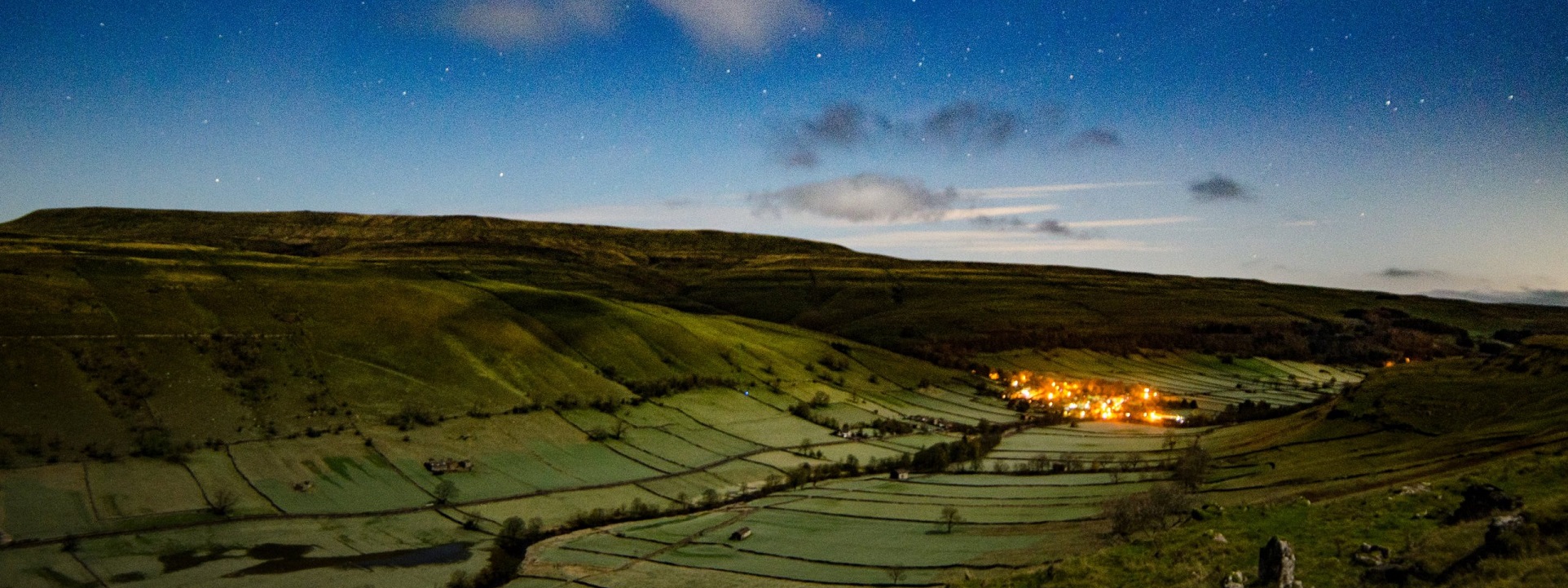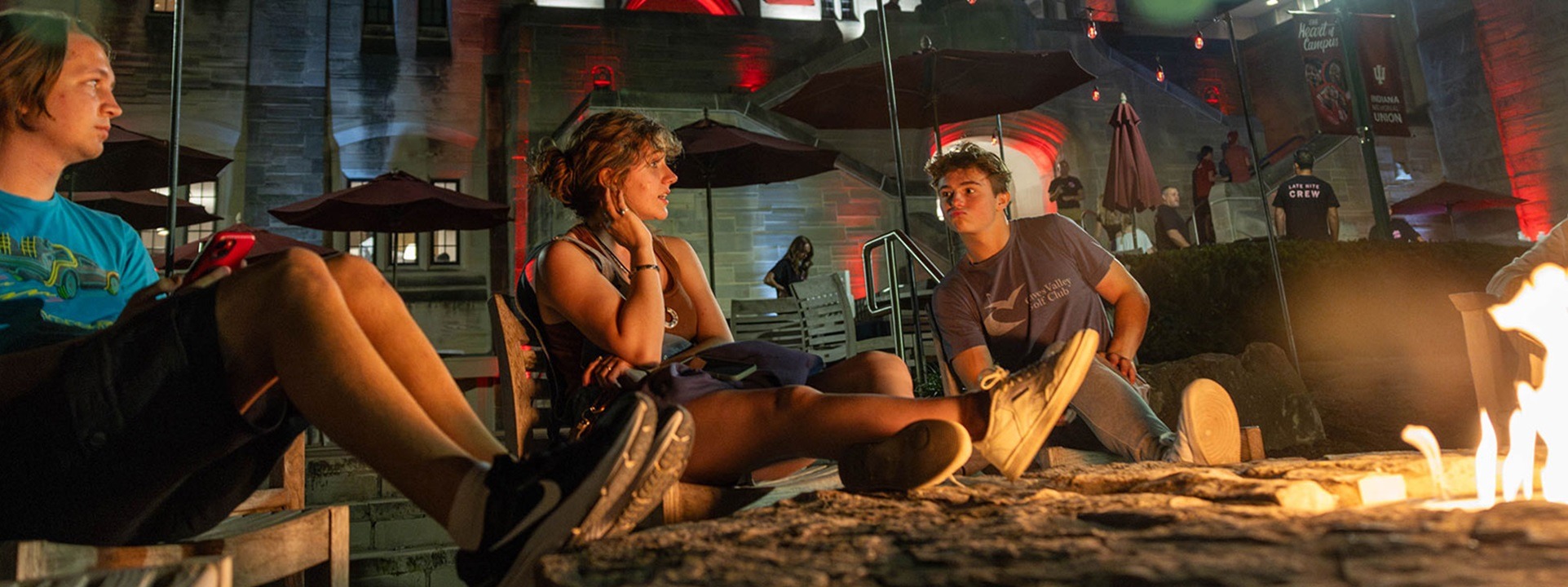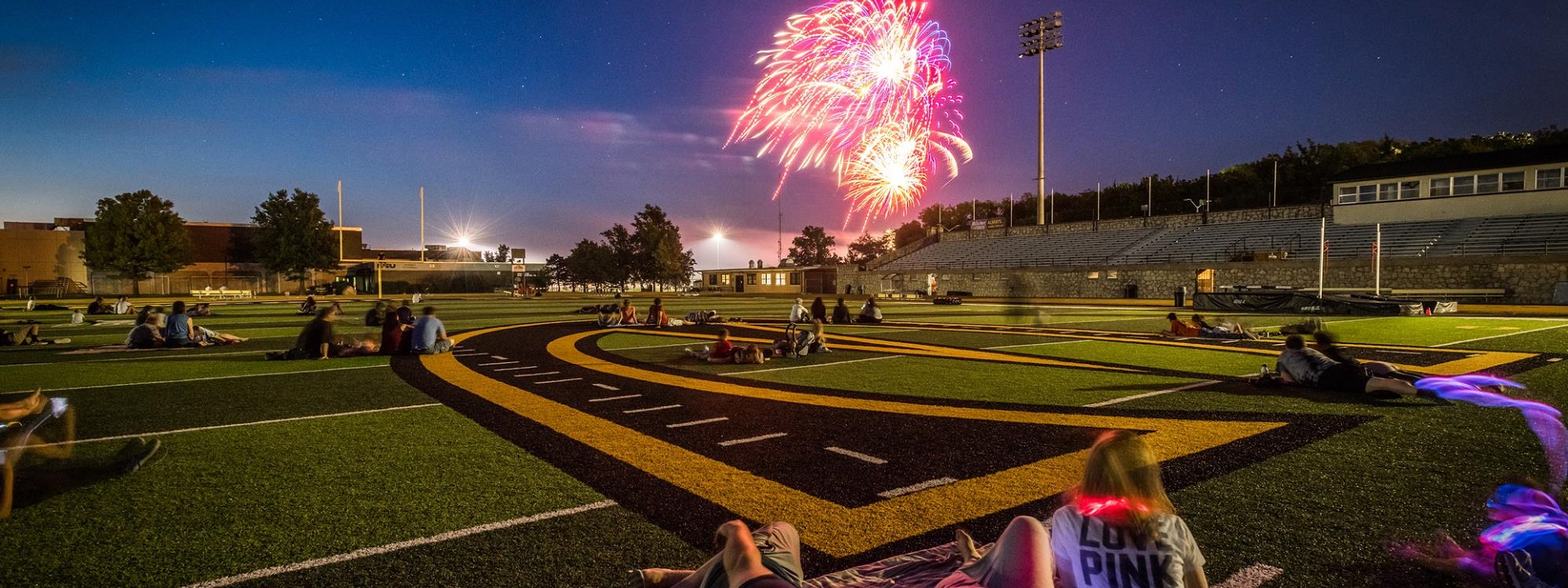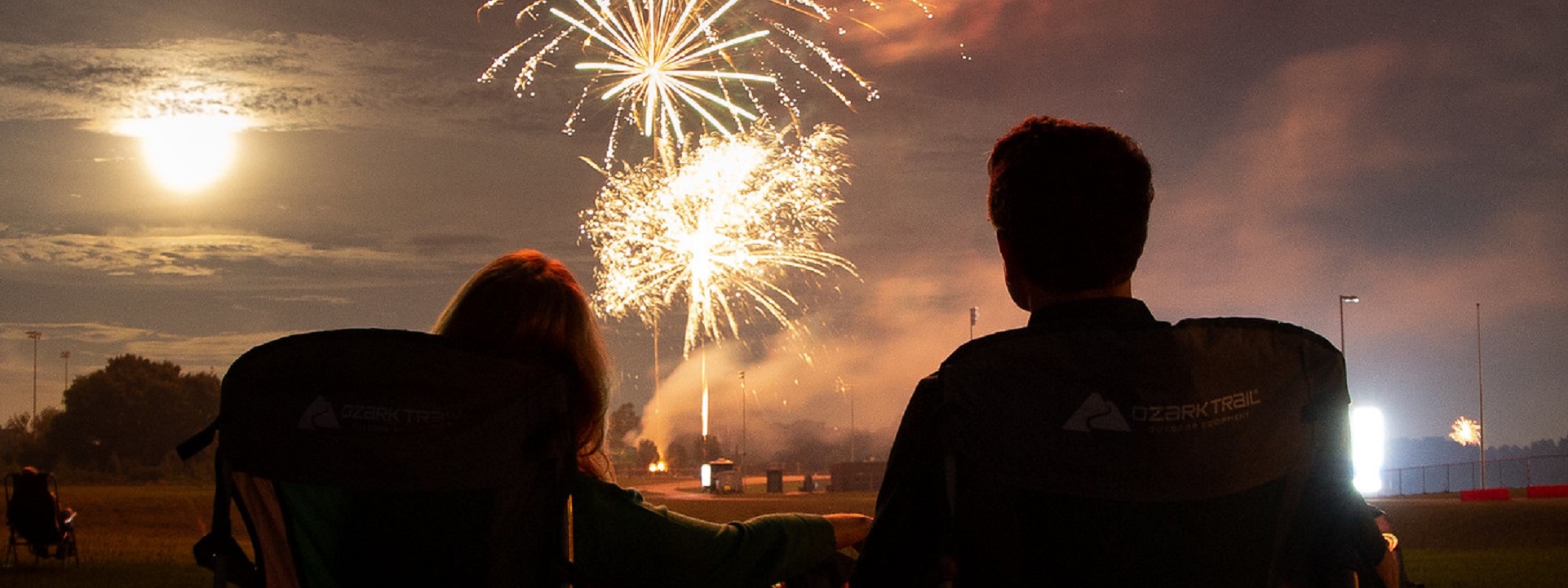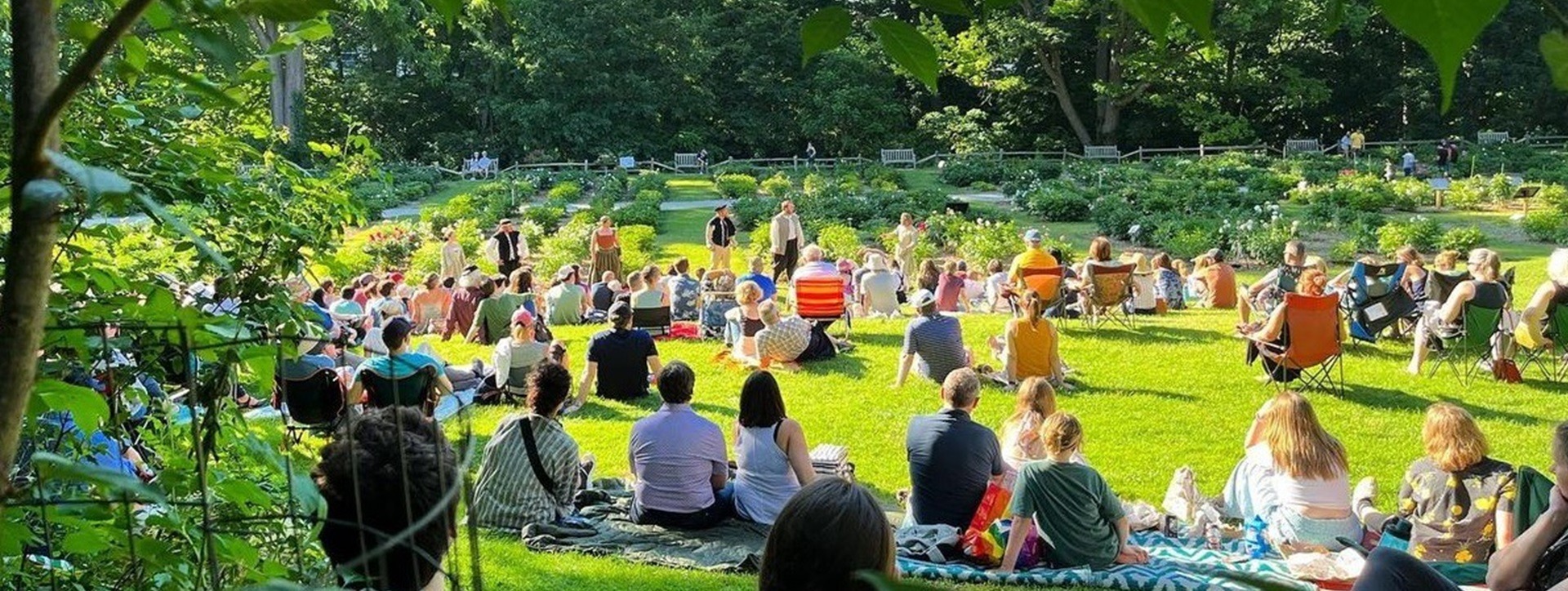ALWAYS OPEN
Iced Caramel Macchiato
"Voted the #1 coffee shop on campus...provides a friendly atmosphere, comfortable seating, and the inviting aroma of warm bagels and fresh coffee....Located on the first floor of the Memorial Union, Java Stop brews Portland Roasting Coffee and Smith teas, and offers a variety of tasty treats including Marsee Baking Company and New Morning Bakery baked goods, Taylor Street sweets, and irresistible bagel sandwiches..."
Bucolia 400
(OED adj. pl.) "pastoral, relating to country life or the affairs and occupations of a shepherd," 1610s, earlier bucolical (1520s), from Latin bucolicus, from Greek boukolikos "pastoral, rustic," from boukolos "cowherd, herdsman," from bous "cow" (from PIE root *gwou- "ox, bull, cow") + -kolos "tending," related to Latin colere "to till (the ground), cultivate, dwell, inhabit" (from PIE root *kwel- (1) "revolve, move round; sojourn, dwell").
Keeping Soil Alive
A settlement grows psychotic when it pulls loose from the soil.
World Soil Museum
This collection showcases 1000 soil profiles from more than 85 countries. It features "soil monoliths" -- large, vertical sections of soil that have been carefully extracted from the ground and preserved for display. These monoliths provide a unique opportunity for visitors to see the complex layers and structures of soils from around the world, including everything from volcanic soils in Iceland to desert soils in Africa.
Quadrivium: Summer
Educational settlements are the closest many people come to feel at home in beautiful surroundings. The catalog that informs the safety and sustainability of these "cities-within-cities" changes 100 to 1000 times per day. Titles are unstable, time-sensitive, copyright protected and land in public law. We explore the action continuously; assign priorities, then schedule a separate teleconference to formulate responses to public consultations. Daily colloquia topics appear on our CALENDAR.
Exploring Botanic Garden
"The Cambridge Botanic Garden holds a collection of over 8,000 plant species from all over the world to facilitate teaching and research. Not only does it provide resources including plant material, horticultural expertise and facilities to research workers and lecturers, but it's also a wonderful place visit purely for its beauty...." (Hannah Podbury)
Horticulture and Landscape Architecture
"...the Department of Horticulture and Landscape Architecture strives to be a world leader in developing innovative technologies, systems, and future leaders through science, practice, and service in horticulture, sustainable food and farming systems, turf management, and landscape architecture. We are connected by our passion for sustainability, inclusion, collaboration, impactful teaching, place-making, and innovation."
Current Issues and Recent Research
Next: Approval by the NFPA Standards Council for release of the 2026 National Electrical Code this week at the Annual Conference & Expo in Las Vegas. IEEE Release of the proposals for the 2028 National Electrical Safety Code on July 1. Sorting the electrotechnology concepts appearing in the recent release of the International Code Council's "Group B Complete Monograph" ahead of the follow up meetings in Cleveland in October.
Landscape & Horticulture Services
Landscaping and horticulture hazards are addressed in specific OSHA standards for general industry if work is considered maintenance activity and construction if work is considered building activity.This section highlights OSHA standards and documents related to landscape and horticulture services.

